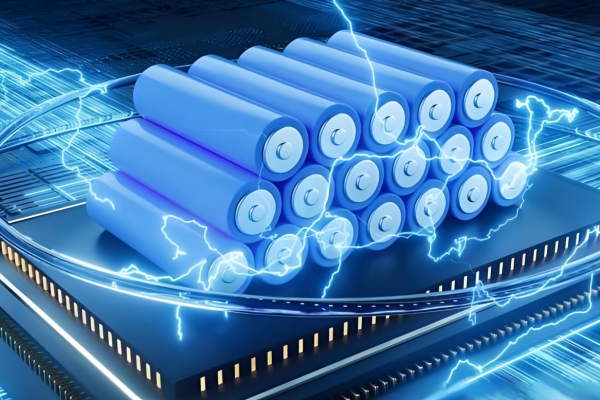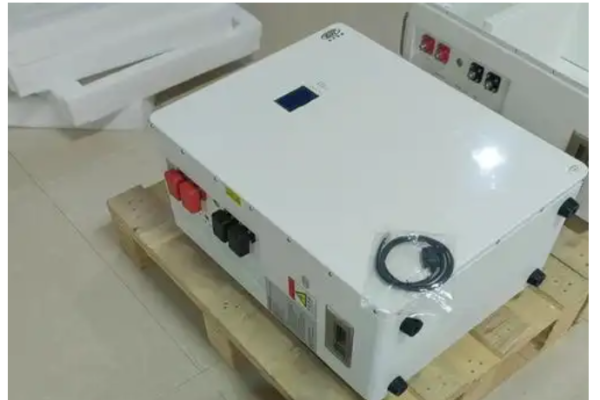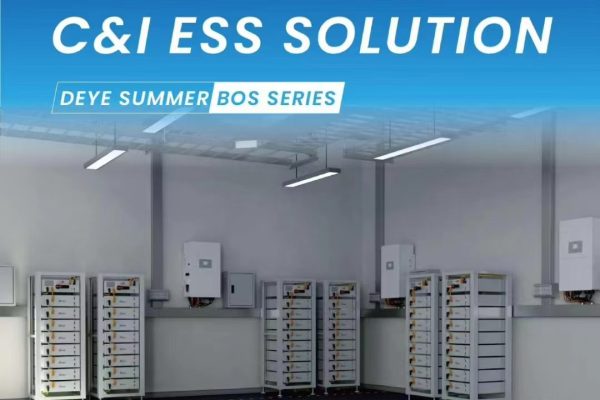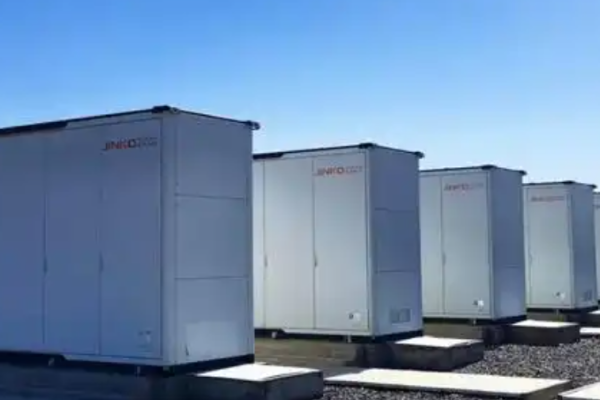From System Safety to Smart Control – The Invisible Backbone of Your Energy System
1. Introduction: The Commercial ESS Challenge
Commercial and industrial (C&I) energy storage systems are becoming increasingly essential for peak shaving, backup power, and energy cost optimization. But deploying a system that simply stores and releases electricity is no longer enough.
What makes a commercial ESS truly safe, smart, and profitable is the seamless integration between BMS and EMS.
Let’s break down why this integration matters – and how you, as a foreign trade partner or solution provider, can help customers get it right.
2. What Are BMS and EMS – and How Do They Differ?
| Component | Role | Key Responsibilities |
|---|---|---|
| BMS (Battery Management System) | Battery-level safety and control | Monitors cell voltages, currents, temperatures; balances cells; handles protections (overvoltage, short circuit, etc.) |
| EMS (Energy Management System) | System-level logic and coordination | Manages charging/discharging schedules, inverter dispatch, grid interactions, energy optimization |
Without a reliable communication bridge between these two, the ESS cannot operate as an intelligent system.
3. Why Integration Is Non-Negotiable in C&I Projects
✅ A. System Safety Depends on Real-Time Feedback
- BMS detects battery health in real time
- EMS needs to respond instantly to BMS alarms or limitations (e.g., thermal derating, SOC limits)
- Without proper linkage, dangerous conditions may go unnoticed or unmitigated
Example: A battery overheats but the EMS keeps charging → fire risk.
✅ B. Efficiency Relies on Accurate SOC/SOH Data
- EMS dispatches energy based on State of Charge (SOC)
- In C&I systems, the BMS must provide this data with precision
- Inaccurate or delayed SOC info leads to:
- Early shutdowns
- Incomplete usage of battery capacity
- Unnecessary grid dependence
✅ C. Remote Monitoring and Troubleshooting
When BMS and EMS are integrated:
- You get a complete picture of the system status
- Remote diagnosis becomes easier (less site visits)
- Preventive maintenance can be scheduled based on battery health and usage cycles
This is especially critical for international clients managing multiple ESS sites.
✅ D. Compliance and Grid Codes
In many countries, grid-tied C&I storage systems must:
- Participate in demand response
- Report SOC/energy availability to grid operator
- Operate under defined export/import conditions
Only with proper EMS-BMS coordination can these features be implemented without human intervention.
4. Typical Integration Architectures
| Architecture Type | Description | Suitability |
|---|---|---|
| Hard-coded CAN/Modbus | EMS reads BMS data via direct protocol | Good for small to mid-size systems |
| EMS with battery protocol library | EMS supports multiple BMS protocols out-of-the-box | Ideal for integrators with flexible battery sourcing |
| Unified platform (BMS+EMS in one) | Vendor provides integrated solution | Best for larger sites with standardized equipment |
When sourcing components internationally, protocol compatibility (e.g., CAN mapping tables, Modbus registers) is often a challenge—and this is where your technical team can provide major value.
5. What You Can Offer as a Technical Trade Partner
Even without developing software or owning a factory, you can:
- 💡 Match EMS and battery models ahead of time for your clients
- 📄 Provide communication protocols and wiring diagrams
- 🔧 Help preconfigure systems before shipment
- 🧪 Run integration tests in-house (if you stock both items)
- 🧩 Assist in remote commissioning and troubleshooting
By doing this, you make the client’s engineering job easier—and position yourself as a value-adding supplier, not just a middleman.
6. Real Example: BMS/EMS Misalignment in a 250kWh Project
A distributor in the Middle East ordered:
- 250kWh lithium battery (with proprietary BMS)
- Third-party EMS and inverter
Result: After installation, the system could not discharge above 30% SOC. Why?
The EMS was reading incorrect SOC due to a mismatch in the Modbus register map.
It took 3 weeks to resolve the issue, damaging client trust.
Had the supplier pre-tested and verified BMS-EMS compatibility, this could have been avoided.
7. Summary: Integration Builds Performance and Trust
| Without BMS/EMS integration | With seamless integration |
|---|---|
| Safety risks | Real-time protection |
| Energy waste | Optimized dispatch |
| Manual site work | Remote monitoring |
| Compatibility issues | Fast commissioning |
As battery technology evolves and grid requirements tighten, BMS-EMS integration will be a make-or-break factor in commercial ESS deployments.
8. Recently Published Articles You May Like
- 👉 Case Study: 5kWh + 3kW Hybrid Inverter for Rural Home
- 👉 Troubleshooting Common Inverter Failures in Field Applications
- 👉 Thermal Design for Small Storage Cabinets in Hot Climates
9. Final Thoughts
In a competitive global market, it’s no longer enough to just offer batteries and inverters. Clients need systems that work together.
By helping your customers choose components that are pre-integrated, tested, and documented, you remove complexity—and add confidence. That’s what makes a technical trade partner stand out.
If you’re looking to source or support commercial ESS projects, make BMS/EMS integration part of your checklist—and let your clients know you’re already thinking ahead.









